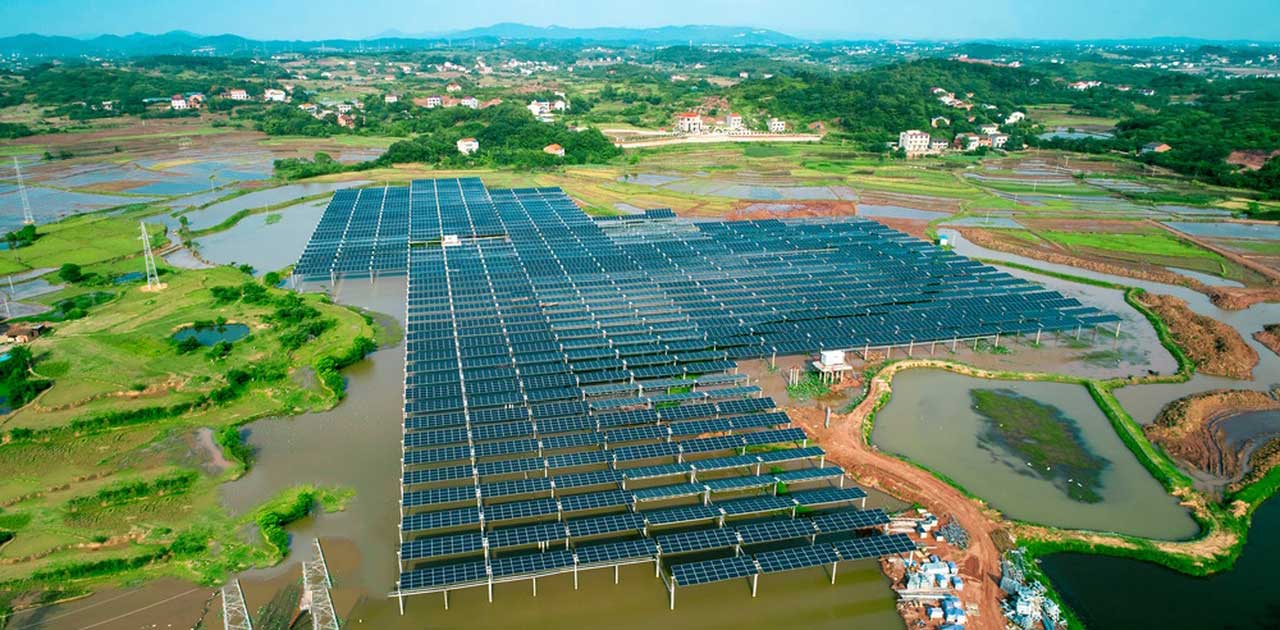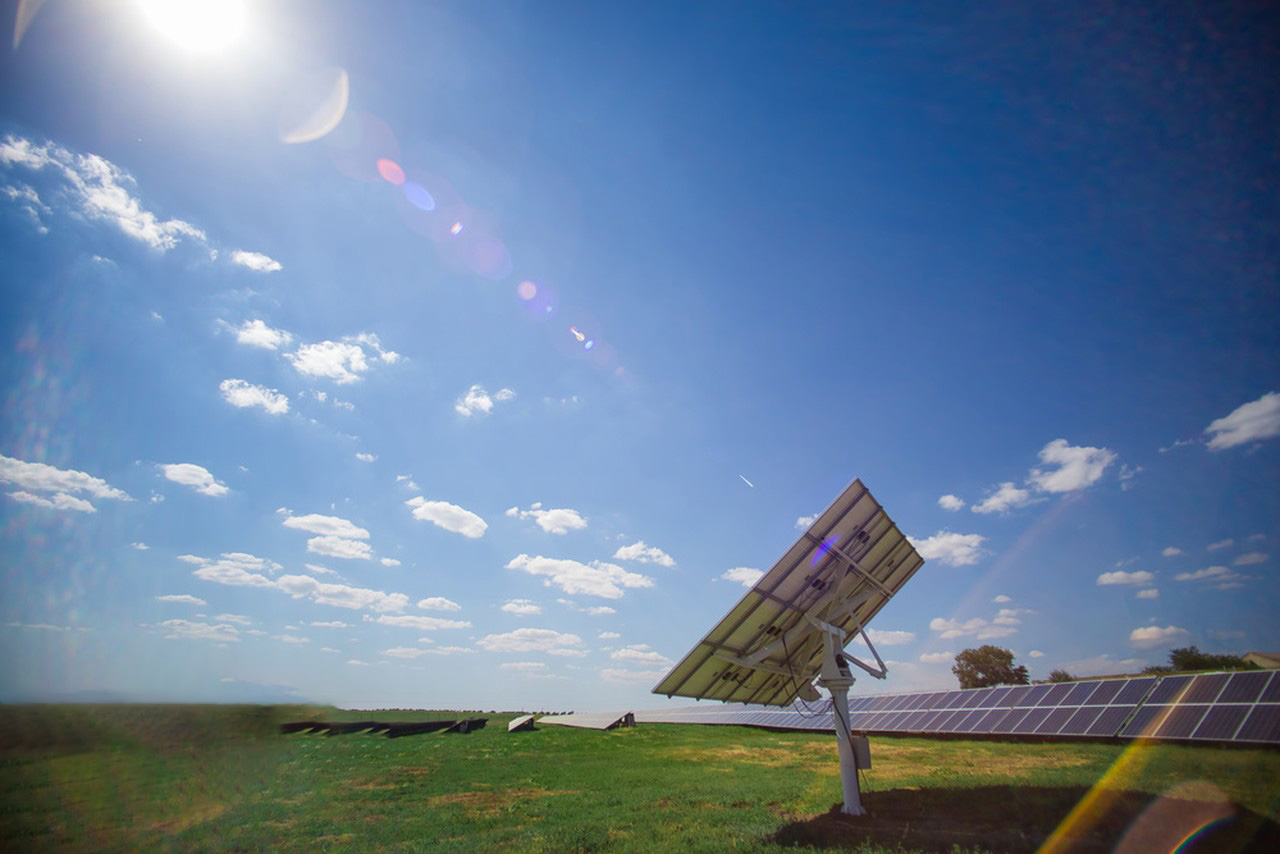When designing and installing a solar energy system, choosing the right components is essential for maximizing performance and longevity. One of the key elements in any solar panel mounting system is the mid clamp. These small but critical parts secure solar panels in place, ensuring that they remain stable and functional throughout their lifespan. While it may be tempting to cut costs with cheaper options, investing in high-quality solar panel mid clamps can provide long-term benefits that contribute to the overall success of a solar project. In this blog post, we will explore the long-term advantages of using high-quality mid clamps in solar installations.

1. Enhanced Durability and Reliability
One of the most important benefits of using high-quality mid clamps is the enhanced durability they provide to the entire solar panel mounting system. High-quality clamps are typically made from corrosion-resistant materials such as aluminum or stainless steel, which are capable of withstanding harsh weather conditions and long-term exposure to the elements. This makes them ideal for both residential and commercial solar energy systems that are exposed to UV rays, rain, wind, and snow.
· Corrosion Resistance: Solar panel clamps that are made from high-grade materials will resist rust and corrosion, maintaining their strength and integrity over time.
· Long-Term Performance: A durable mid clamp ensures that the solar panels stay securely fastened, preventing movement that could cause damage or inefficiency in the system.
By investing in high-quality mid clamps, you’re ensuring that your solar panel system stays stable, even in the most challenging environmental conditions.
2. Increased System Efficiency
A key factor in the performance of a solar energy system is how securely the solar panels are mounted. If the mid clamps aren’t of high quality, the panels may not be securely fastened to the roof, which could cause misalignment or shifting over time. This can lead to a decrease in the energy efficiency of the system, as misaligned panels will be less effective at capturing sunlight.
· Panel Alignment: High-quality solar panel clamps ensure that the panels stay in the optimal position, allowing them to capture the maximum amount of sunlight and generate the highest amount of power.
· Minimal Shifting: With secure panel mounting systems, the panels will stay in place, even in windy conditions or during severe weather, which leads to long-term reliability and consistent energy production.
By using mid clamps that hold the panels securely and properly aligned, you maximize the energy output of your solar installation, leading to better performance and higher returns on investment.
3. Reduced Maintenance Costs
High-quality mid clamps reduce the need for frequent maintenance and repairs over the lifespan of a solar installation. Lower-quality clamps may deteriorate more quickly, leading to loose panels that require re-tightening or replacement. In the worst case, a poorly mounted panel could become dislodged or damaged, requiring expensive repairs.
· Long-Term Stability: With high-quality clamps, you minimize the risk of needing to replace components or make costly repairs due to wear and tear.
· Less Wear and Tear: These clamps are designed to resist the elements and maintain their strength over time, which results in fewer issues during the lifespan of the solar mounting system.
By choosing premium mid clamps, you’re reducing the likelihood of expensive maintenance costs in the future, helping to maintain your system's performance for longer.

4. Improved Safety and Structural Integrity
The security of solar panels on the roof is not just about performance; it’s also about safety. A system that is improperly installed or uses low-quality components can pose risks, such as the panels coming loose during a storm or strong winds, which could result in damage to the panels or even pose a risk to people nearby.
· Strong Connections: High-quality solar panel clamps ensure a firm, secure connection between the solar panels and the roof, which significantly reduces the risk of panels detaching under extreme weather conditions.
· Structural Integrity: The overall solar mounting system becomes stronger and more reliable when mid clamps are of high quality, improving the structural integrity of the entire solar system.
By investing in premium mid clamps, you not only ensure the safety of your solar installation but also reduce the risk of costly damage to both the panels and the surrounding property.
5. Longer Lifespan for Solar Systems
A solar panel system is a long-term investment, and the last thing you want is for components to fail prematurely. The quality of the mounting system plays a key role in extending the lifespan of your solar panels. High-quality mid clamps ensure that your panels are held securely in place for the entire life of the system, often 25 years or more.
· Durable Materials: As mentioned earlier, high-quality mid clamps made from rust-resistant materials like stainless steel or aluminum will not degrade over time, ensuring your solar installation lasts as long as possible.
· Minimal Replacement Needs: With high-quality mounting systems, you reduce the need to replace clamps or mounting hardware, which can be costly and disruptive.
Choosing premium mid clamps can help you protect your solar panel system and ensure that it performs optimally for its full expected lifespan.
6. Cost-Effectiveness Over Time
While high-quality mid clamps may come with a higher upfront cost, they provide significant cost-effectiveness in the long run. The reduced need for maintenance, repairs, and replacements leads to lower overall costs for maintaining the solar energy system. Additionally, the improved efficiency and performance of the panels result in better energy production, leading to greater savings on energy bills.
· Long-Term Savings: Over the life of the system, the benefits of high-quality clamps will outweigh the initial investment, leading to a more cost-effective solution.
· Better ROI: The increased system efficiency and durability ensure that your solar panel installation provides a higher return on investment over time.
By choosing high-quality mid clamps, you make a smart investment that pays off in the form of better performance and lower long-term costs.
Conclusion
In conclusion, using high-quality mid clamps in solar projects offers a range of long-term benefits, including enhanced durability, improved system efficiency, reduced maintenance costs, better safety, and a longer lifespan for the solar installation. While the initial cost may be higher, the investment pays off over time by ensuring that the solar mounting system performs optimally and requires less maintenance, resulting in greater cost-effectiveness and better returns on investment.
For any solar installation—whether residential or commercial—choosing high-quality clamps for the solar panel mounting system is an essential step to ensure the system’s longevity, performance, and safety. Always prioritize quality when selecting mid clamps for your solar energy systems to maximize their long-term success.



















